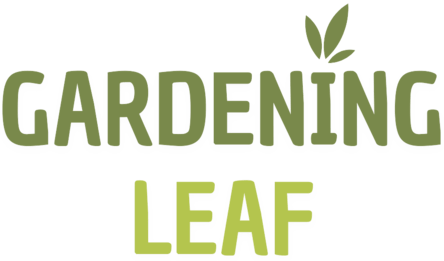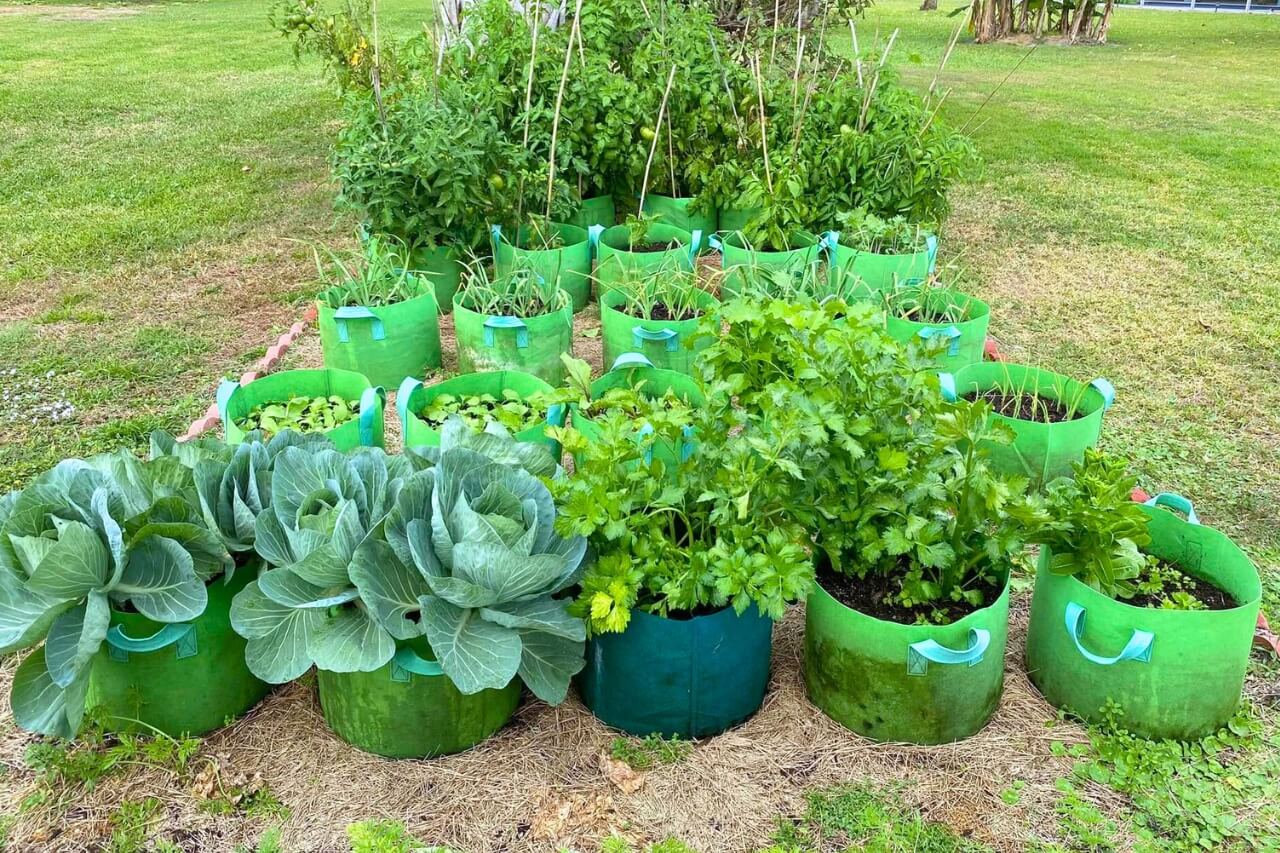I often see people online saying the only good time to plant is between April and June. This is generally true, but that doesn’t mean you can’t do anything in the other months!
Even though summer is winding down, if you live in temperate climates, you still have plenty of options.
In late summer (end of July to September), many fast-growing vegetables can be sown for a fall harvest before the first frost.
Others can be planted now as cool-season crops to overwinter or be harvested in late fall/early winter.
Both garden beds and containers are suitable options. Below, I’ll discuss some beginner-friendly tips, followed by a summary table of my recommended plants for each month.
Quick-Harvest Vegetables (Fall Harvest)
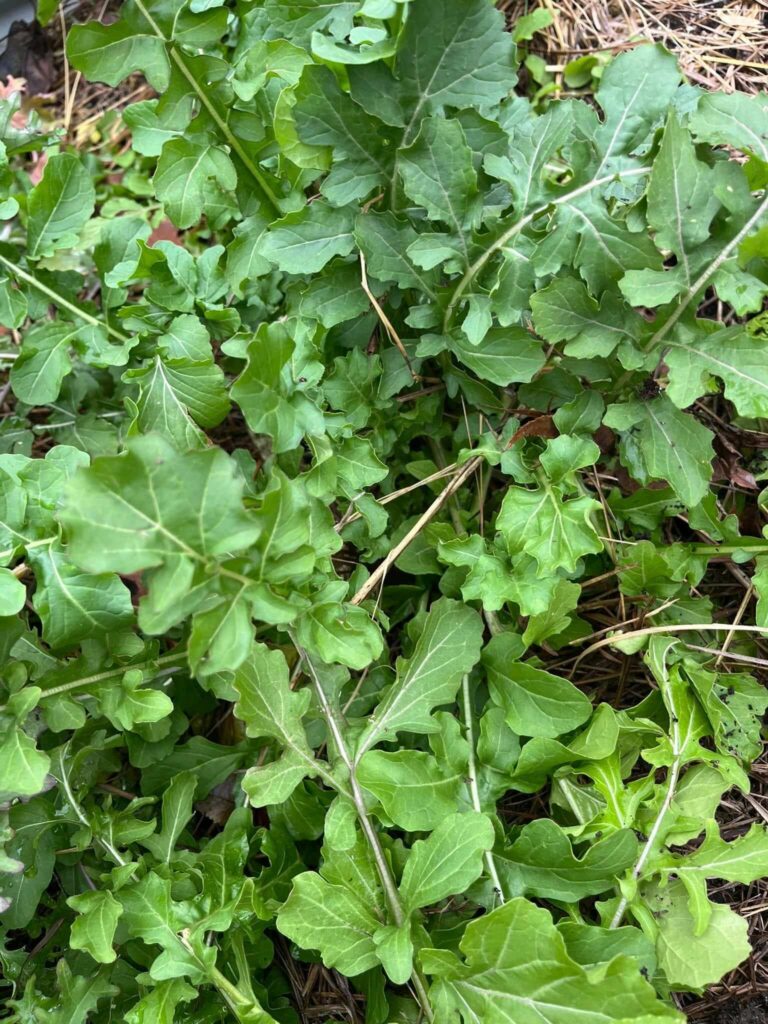
Another thing you can plant at the end of the summer is leafy greens. In general all the fast-growing salad leaves and herbs are great.
For example, loose-leaf lettuce and arugula can be ready to pick in about 4–5 weeks, and baby spinach in a similar time if you use shade.
Many garden guides note that fall-planted lettuce bolts more slowly than spring lettuce, but you can still use the “cut-and-come-again harvesting,” which means you can pick a few leaves and let the plant keep growing.
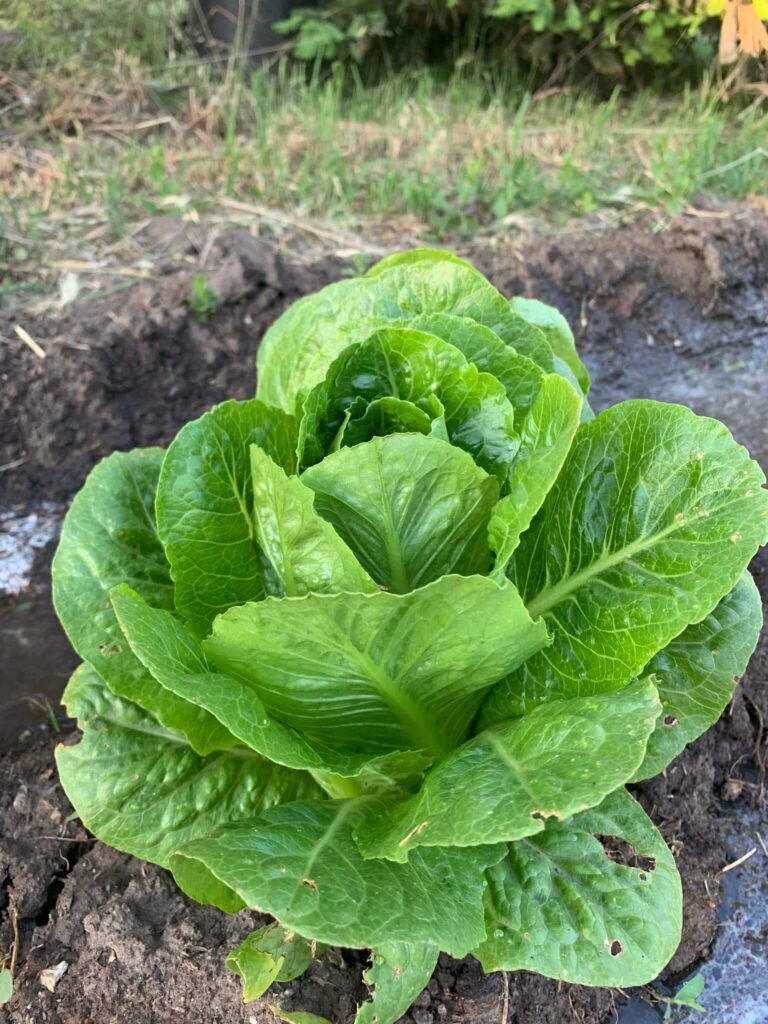
Vegetables like radishes and turnips also mature very quickly. Radishes can be ready in as little as 21–30 days, and turnips grow in about 60 days and even get sweeter after a frost.
You can succession-plant these seeds every few weeks through August to have a steady crop.
Other vegetables that do well in fall ground are beets and baby carrots. They take a bit longer (50–70 days), but the cool weather actually improves their flavor.
If you still have about 2 months before frost (it depends on your location), you can still sow a “second wave” of warm-season veggies like beans and squash.
Bush green beans typically take about 50 days and can produce until frost. Similarly, fast cucumbers and summer squashes (like zucchini) can be planted in July, and in some parts of the US and Europe, even in August.
Just try to plant them during warm days and use enough water. Have a look at the most common watering mistakes you should always avoid.
Lastly, for the quick-harvest begetables you can also consider bok choy, mizuna, and tatsoi that are quite cold-tolerant.
Many small Chinese cabbage and mustard-green varieties can be harvested in 30–45 days and therefore can be started even late in the summer, and I love to use them for stir-fries and salads.
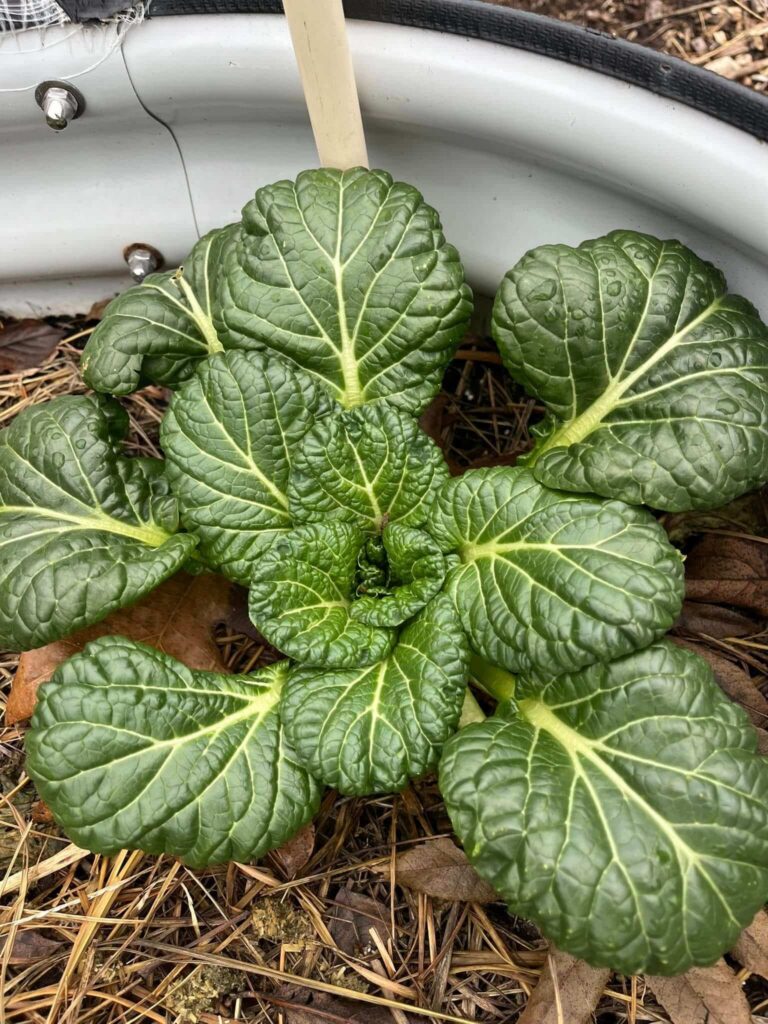
Basically, towards the end of summer, you can plant all those veggies that grow quickly. That’s why I recommend checking out the list of vegetables that mature in under a month.
Cool-Weather Crops & Overwintering
So we have just seen the first strategy, which is to plant vegetables that grow fast before the cold weather arrives.
As an alternative, the second thing you can do is to opt for plants that handle cold well and aren’t just for the summer.
For example, cabbage-family vegetables love the cool fall. So you can still plant kale, collards, broccoli, cabbage, and Brussels sprouts.
These generally take 8–12 weeks to mature, so plan to plant them about 2–3 months before the first frost. If you are in an area where cold weather comes early, do not start from seed but use transplants.
Some vegetables are very cold-hardy. For example, carrots sown in late summer can be left in the ground under a thick mulch and harvested well into winter.
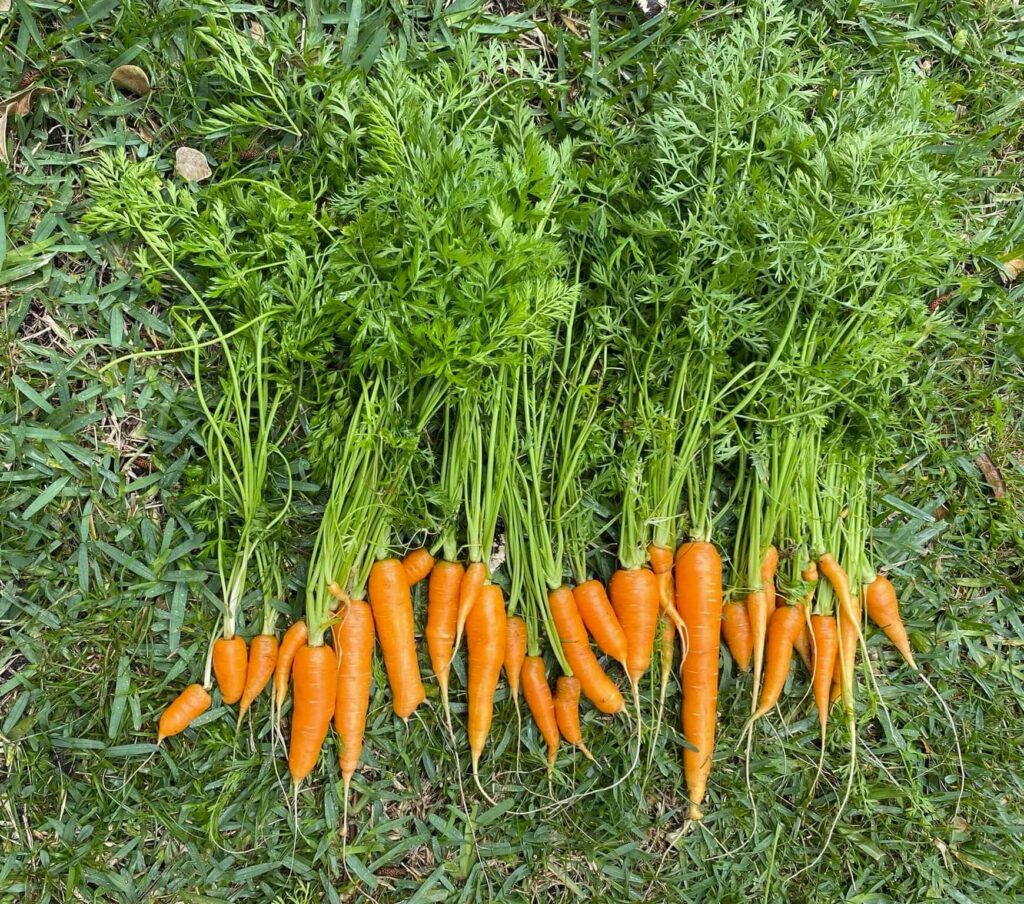
Similarly, Swiss chard and mustard greens tolerate frost quite well and can be harvested deep into fall. Remember that these greens do well in large planters or window boxes as well.
Planning is Key
As I mentioned earlier, if you want to plant in late summer, it’s essential to plan well.
The first thing you have to do is to determine your first expected frost date (just have a look on Google or consult your local almanac) and count backwards the days-to-maturity on seed packets.
Keep in mind that, in general, fast crops need only 4–6 weeks, medium 8–10 weeks, and long-season crops 12+ weeks.
PRO TIP: Don’t forget that the days get shorter as fall approaches, so give seedlings a “head start” indoors if needed and keep them well-watered as the days get cooler.
Container Gardening Tips
Another interesting thing about late summer gardening is that you don’t need a big garden plot.
Luckily, many fall vegetables thrive in pots, and container gardening is great for moving plants when frost comes.
Let me share some essential tips that will help you achieve a good result. Use pots at least 8–12 inches deep for root crops, and ensure good drainage and potting mix.
When you can opt for dwarf varieties, nearly all the cool-season greens and roots are container-friendly but rememebr to water potted vegetables regularly, as containers dry out faster than garden soil.
And remember: succession sowing (planting a new batch every 2–3 weeks) works well in pots, too, so you have a continued harvest.
Obviously, you can also use raised beds, in that case, have a look at the raised bed garden mistakes to avoid
